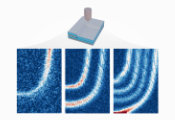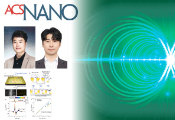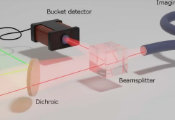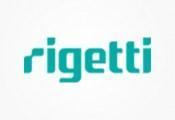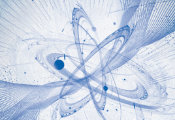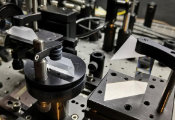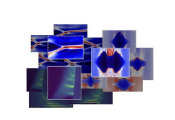Xiaoqian Chen Earns DOE Early Career Award for Quantum Materials Research
UPTON, N.Y. September 26, 2024 -- Xiaoqian Chen, a physicist and beamline scientist at the National Synchrotron Light Source II (NSLS-II), a U.S. Department of Energy (DOE) Office of Science User Facility at DOE’s Brookhaven National Laboratory, has been selected as one of the 91 early career scientists from across the country to receive research funding through the DOE Office of Science’s Early Career Research Program. This funding will aid Chen in researching the unique ways that particles interact to share information due to quantum mechanics.
“Investing in cutting-edge research and science is a cornerstone of DOE's mission and essential to maintaining America’s role as a global innovation leader,” said U.S. Secretary of Energy Jennifer M. Granholm. “The Biden-Harris administration is funding scientists and researchers at our nation’s national labs and universities, early in their careers, ensuring they have the resources to expand scientific discovery and pursue solutions to some of the most complex questions.”
The award includes five years of funding support for Chen. She will use this funding to study quantum correlations in condensed matter at NSLS-II’s Coherent Hard X-ray Scattering (CHX) beamline. This research will explore the way particles interact in a quantum system that can’t be explained by classical physics. In classical physics, particles behave independently, but in a quantum many-body system, particles can become “entangled,” meaning the behavior of one particle could be linked to the behavior of other particles. Understanding quantum correlations in many-body systems could have implications in quantum computing, quantum simulations, materials science, and metrology.
“When two particles are quantum entangled,” explained Chen, “if you know the information from one particle, you know the information from the other. People have been trying to detect and quantify quantum entanglement in condensed matter systems – systems with about 100 sextillion electrons. Researchers have successfully demonstrated entanglement within a small number of particles, but the idea of my proposal is to extend that to real materials using a technique called coherent X-ray scattering. In this technique, we use photons that travel as coherent waves, which basically can act as a microscope that tracks how fast the electronic inhomogeneities are moving inside materials. This gives us a clue to the degree of entanglement in materials.”
This work builds on research that Chen has been doing for several years. After gaining experience in two postdoctoral roles, including one in the X-ray scattering group in Brookhaven’s Condensed Matter Physics & Materials Science Department, she was offered a position at CHX to lead their quantum materials research program.
“This project focuses on one of the Lab’s high-priority research initiatives,” explained Andrei Fluerasu, the lead beamline scientist at CHX. “Xiao's research takes direct advantage of the unmatched properties of the NSLS-II source paired with the unique features of the beamline to provide a new window into the nanoscale behavior of quantum materials. Her efforts have also led to an increase in users from academia and national labs who are now using the CHX beamline. Her program has tremendous potential to be very impactful in this burgeoning field of research and continue to help develop an increasingly stronger user community.”
“It’s really important for all early career scientists to prepare a solid proposal,” said Chen. “Creating it can help clarify the direction of a scientist’s career. Brookhaven Lab’s deputy director for science and technology, John Hill, stressed this when he met with several early career scientists from around the Lab. I came away realizing that it's really about what you learn, think, and write — and the community you build during the writing process. What really matters, in some sense, for what you're going to carry out for the next five years, even if you don't get the funding, is having that plan laid out in front you. I feel a lot more confident starting this work with a clear map of where I’m going.”

